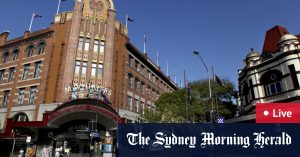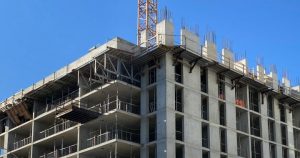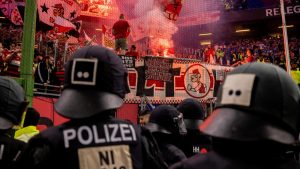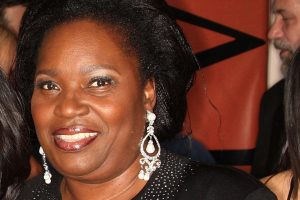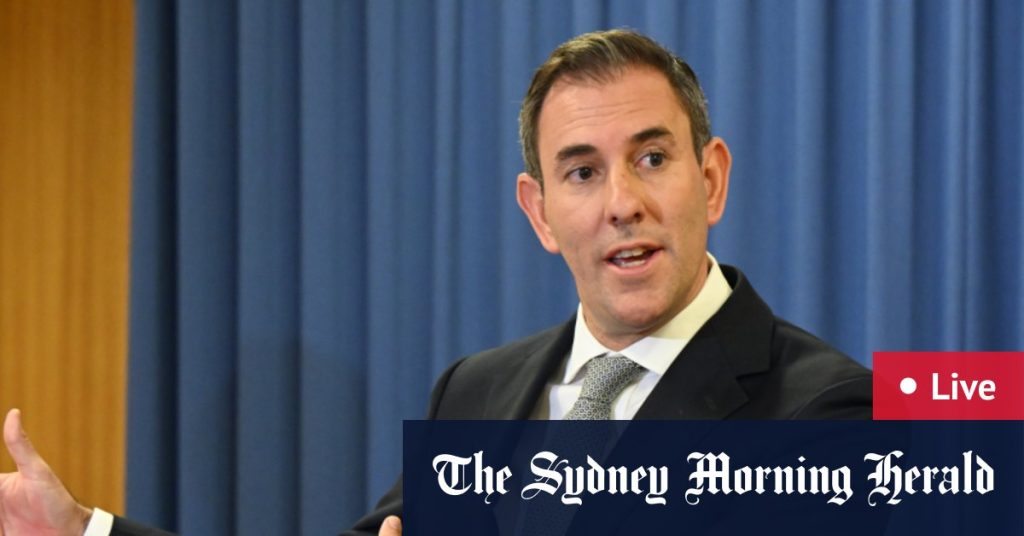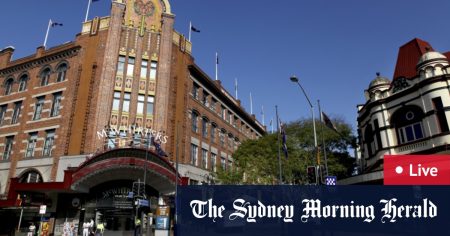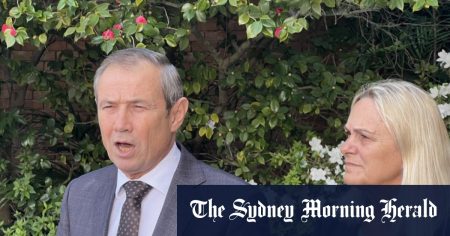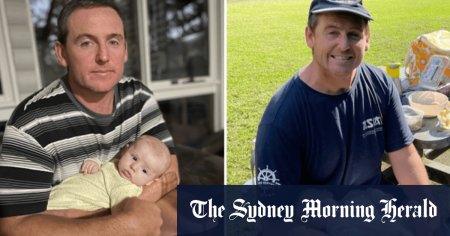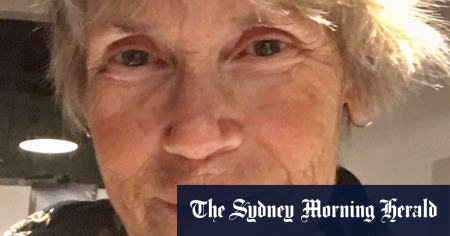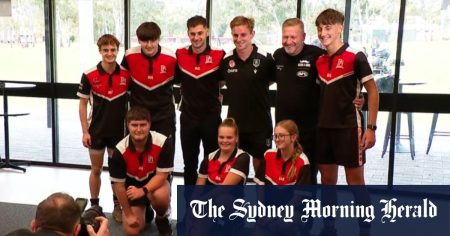Australians are currently facing the prospect of the biggest tax increase in the developed world. This news comes as state governments are demanding additional funding for schools, putting further pressure on taxpayers. The proposed tax hike has sparked debate and concern among citizens, who are already facing economic challenges due to the ongoing COVID-19 pandemic. The increase in taxes is particularly concerning as it threatens to burden individuals and businesses already struggling to recover from the financial impacts of the pandemic.
The demand for extra funding for schools is another pressing issue in Australia. State governments are pushing for additional financial support to improve the quality of education and meet the needs of students. This demand for increased funding comes at a time when the education sector is facing various challenges, including shortages of teachers and resources. The push for more funding reflects the growing concern over the state of education in Australia and highlights the need for sustained investment in schools to ensure that students receive a high-quality education.
In other news, the Prime Minister of Australia marked ANZAC Day in Papua New Guinea, honoring the sacrifices of Australian and New Zealand soldiers. The annual commemoration is a significant event in Australia, as it pays tribute to the servicemen and women who fought in various conflicts around the world. The Prime Minister’s presence at the event underscores the importance of remembering and honoring the sacrifices of those who have served their country. ANZAC Day serves as a reminder of the bravery and courage of the individuals who have fought for Australia and is a time for reflection and remembrance.
The proposed tax increase, coupled with the demand for additional funding for schools, highlights the complex economic challenges facing Australia. The country is grappling with the fallout from the COVID-19 pandemic, which has had a profound impact on the economy and people’s livelihoods. The increased financial burden on taxpayers could further strain households and businesses, exacerbating existing economic hardships. It is crucial for policymakers to carefully consider the implications of any tax increases and ensure that the burden is distributed equitably and in a manner that supports economic recovery and growth.
The push for more funding for schools also underscores the need for continued investment in education to ensure that students receive a high-quality education. Investing in education is essential for the future prosperity of Australia, as it helps to build a skilled workforce and drive innovation and economic growth. Adequate funding for schools is crucial to address the challenges facing the education sector and provide students with the resources and support they need to succeed. By prioritizing education funding, policymakers can help to improve educational outcomes and ensure that all students have access to high-quality learning opportunities.
In conclusion, Australians are facing significant challenges, including the prospect of a tax increase and the demand for more funding for schools. These issues highlight the complex economic and social landscape in Australia and the need for careful policy decisions to address these challenges effectively. As the country navigates the aftermath of the COVID-19 pandemic, it is essential for policymakers to prioritize economic recovery and support for individuals and businesses. By addressing these challenges head-on and implementing targeted solutions, Australia can build a stronger and more resilient society for the future.



